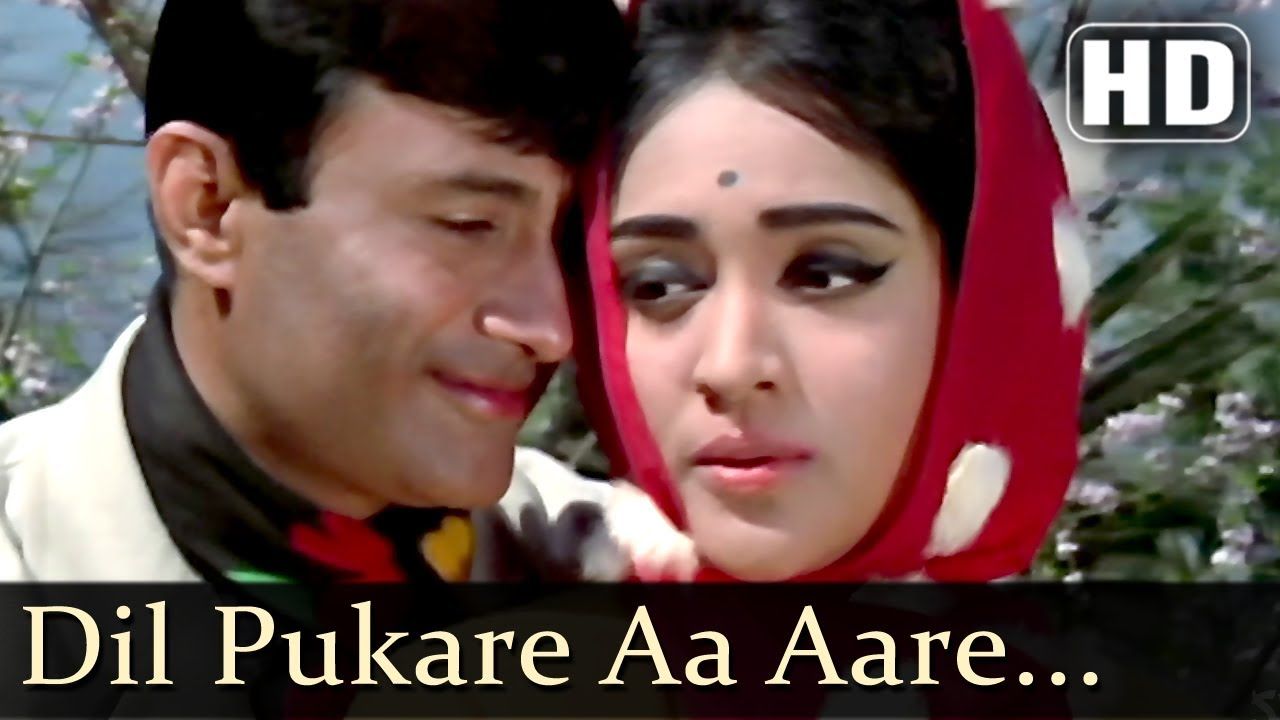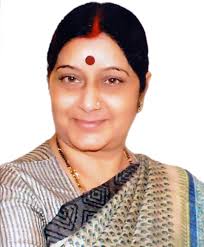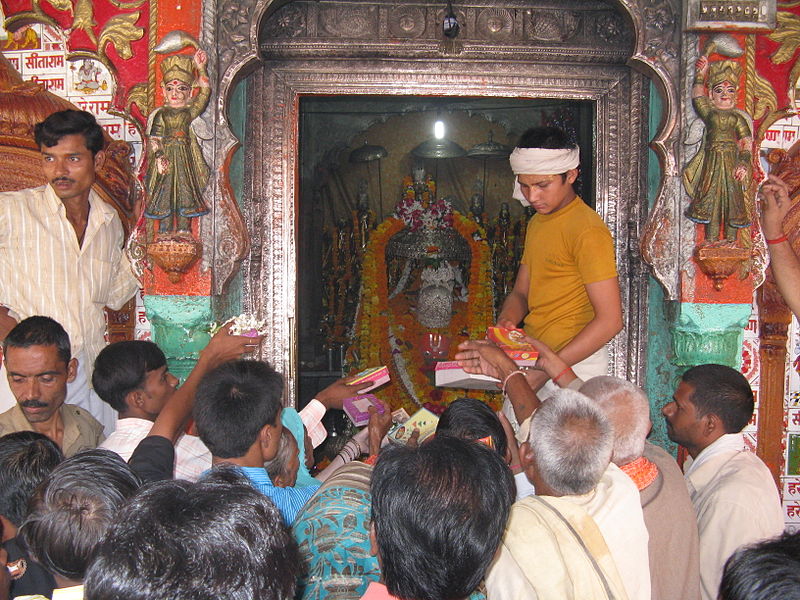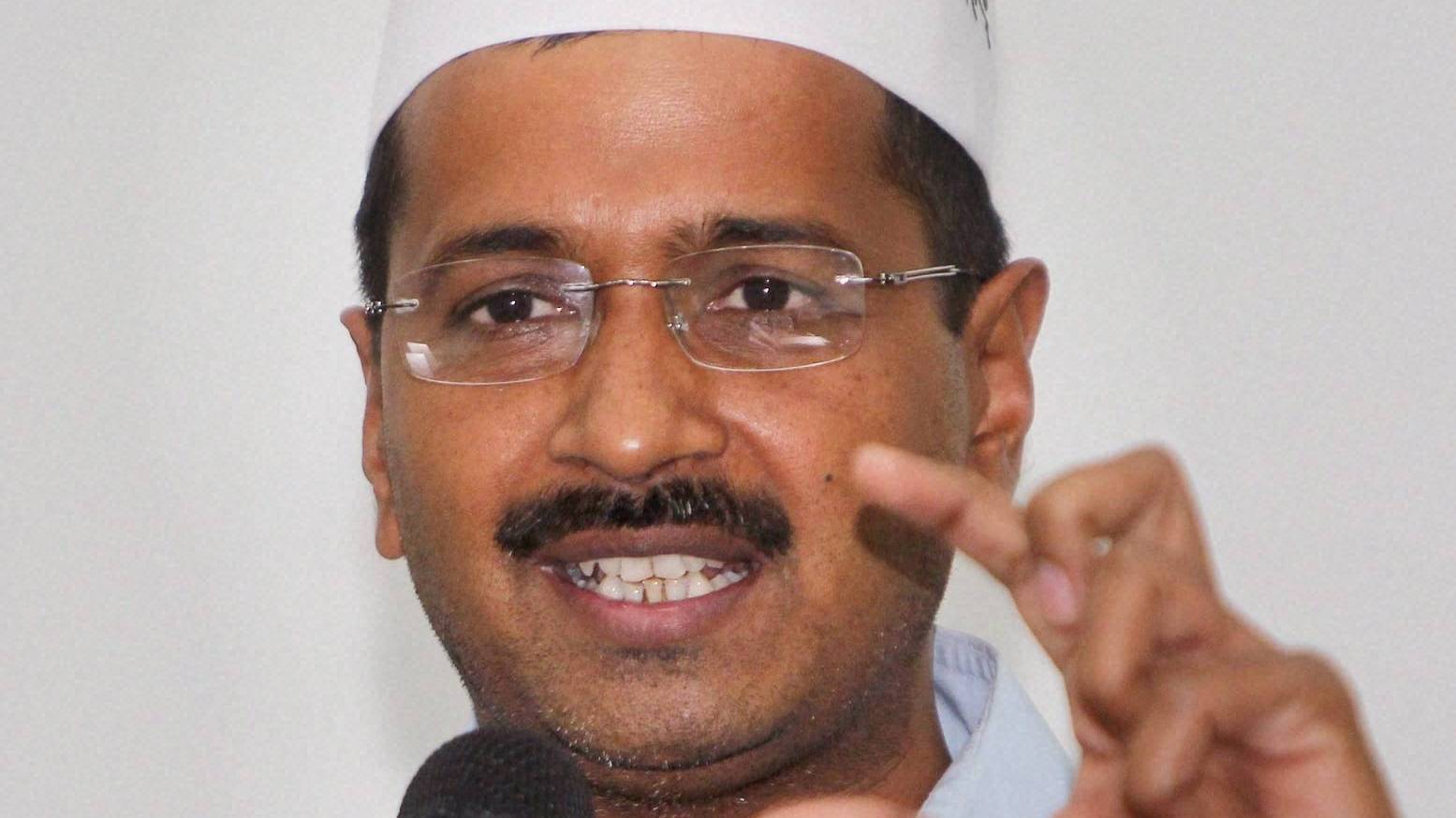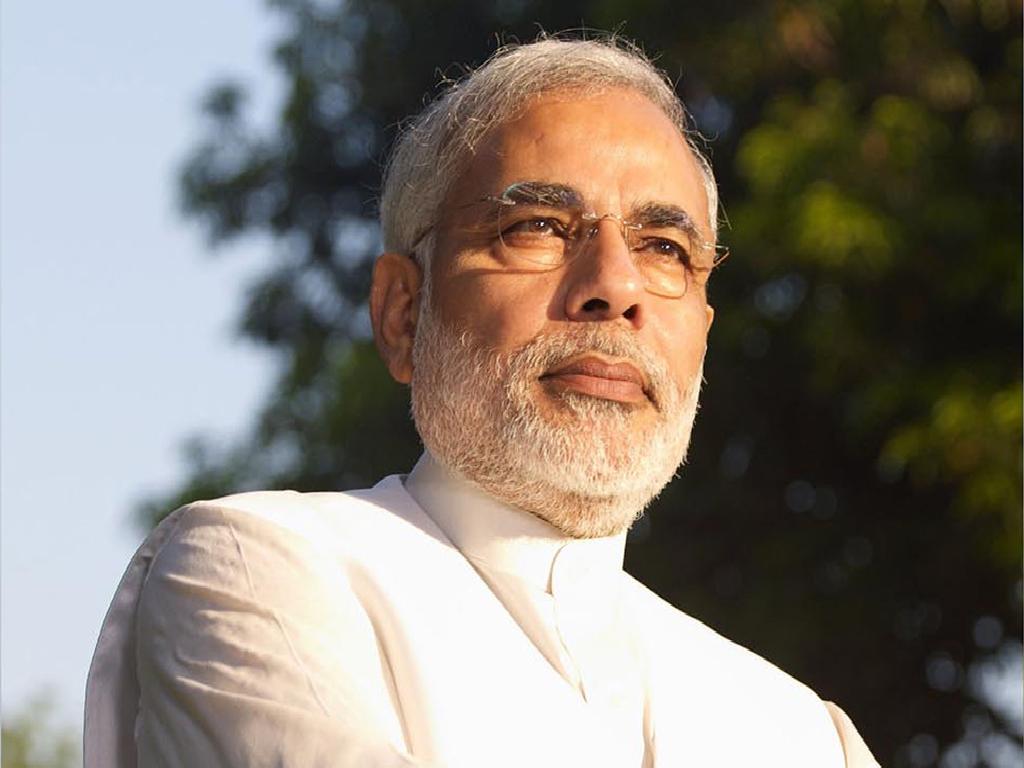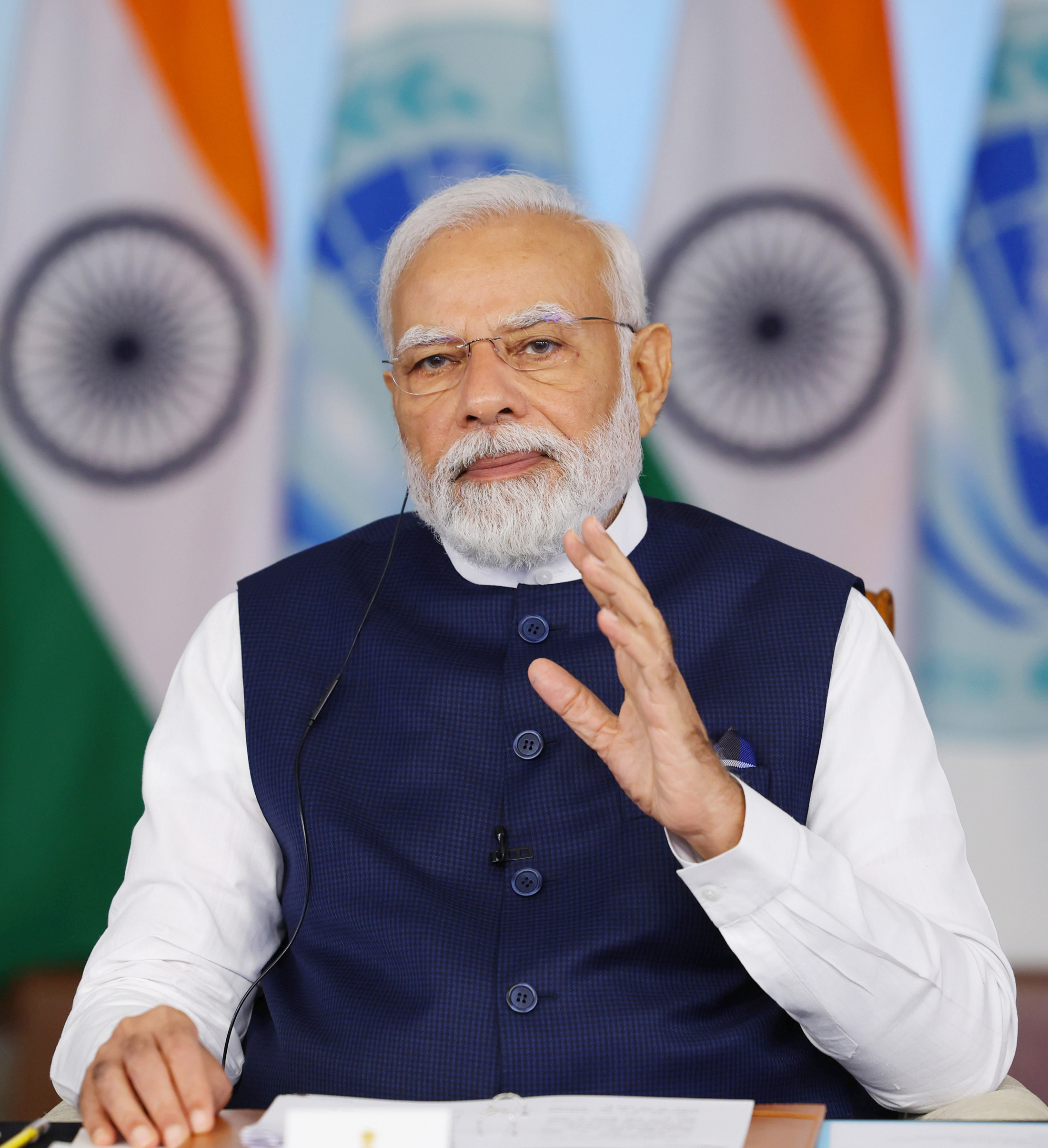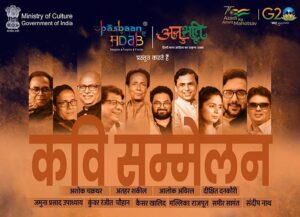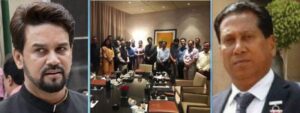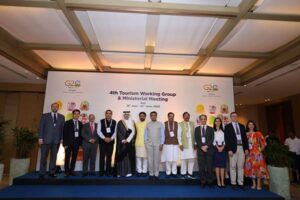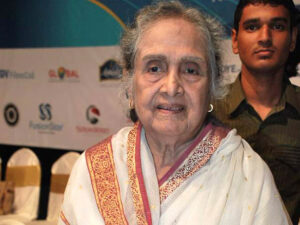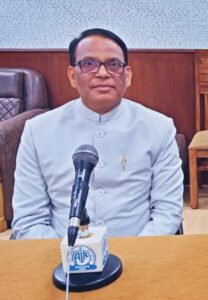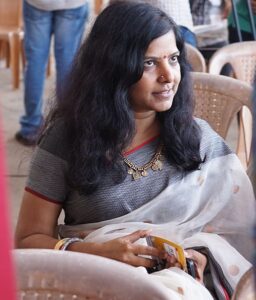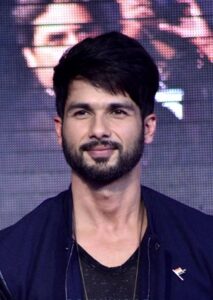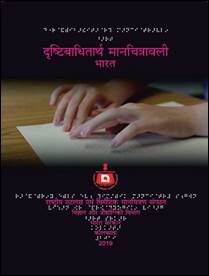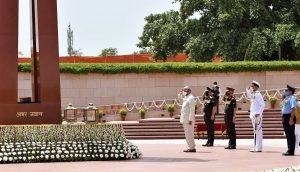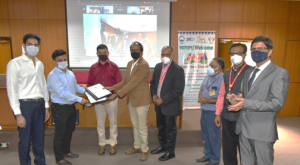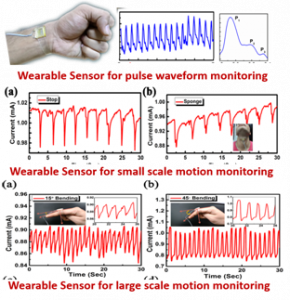A new Indian mindset for national renaissance
Ravi Shanker Kapoor | January 5, 2016 2:50 am
Universities are greenhouses for our youth—to find their roots and develop and flower their intelligence for pursuit of their chosen careers after graduation and to live a good family life in a vibrant democracy.
Unfortunately, the educational system we have today is the same as designed by Macaulay in 1835, with intention to produce civil servants and clerks for British to rule over the Indian masses.
Since 1947 we have merely expanded that design to learn by rote the cognitive sciences without developing a questioning mind and curiosity to seek ways to innovate for a better future. A secure career without risk is the goal of every student.
The mindset created by the British imposed system was that Indians should be obedient to an oppressive foreign ruler and have a deep inferiority complex and thus accept passively the status quo of those in power. That system too is more or less continuing today.
This situation now urgently needs to change if our nation has to undergo a renaissance and achieve its potential. Our nation today has the world’s largest number young persons below the age of 25 years which is now known as our potential demographic dividend.
If the nation is to reap this dividend, then India’s youth needs to mature into a dynamic, rational risk-taking, educated individuals with developed intelligence, and motivated to think out of the box to engage in essential innovations for national progress, and thus usher in the nation’s rapid growth. The youth also need to imbibe patriotism and spiritual values to put national interest about narrow personal and parochial interests and not consumed by greed.
In a nutshell, the youth must be educated to understand his or her national identity and destiny, and develop not just cognitive intelligence as at present, but several other dimensions of this human intelligence.
To understand his or her identity, the youth must know what their roots are. In particular, what is their affinity with, and the destiny of, India. Thus, education must include tuition to make the youth aware of what is India and in which direction the nation must move.
At present, India’s youth learn nothing on how to anchor their values, except on unthinking adherence to the Western or European mores. Freedom Movement leaders such as Mahatma Gandhi, Sardar Patel, Netaji Subash Chandra Bose and Bharat Ratna Dr. Ambedkar had clearly wanted India after 1947 to develop, rooted in its ancient wisdom, language, and heritage.
But the direction in which Nehru steered the nation during the seventeen years as Prime Minister was towards continued imitation of the culture of the European and develop the economy on the Soviet Communist model. This has today caused an identity crisis in the youth.
Today however, with the new dispensation in Delhi, there is a new hope that there will be a national renaissance based modernity which is rooted in our immutable ancient wisdom. The youth should be guided to begin this journey by a clear understanding of their constitutional commitments, fundamental rights, national identity and duties.
II
India, that is Bharat, is the name of our nation in the Preamble of the Constitution. The term Indian, that is Bharatiya, signifies a citizen of the Republic of India as constituted on January 26, 1950. But India is a new Republic but not a new nation. It is modern but does not reject its time-tested traditions. Today’s India is an ancient nation in search of a renaissance.
The term Indian, that is Bharatiya, describes only the legal status of those living in India. However, since Bharat has been the term in the Hindu religious texts since time immemorial, the implication is that India is a continuing entity and not a new country formed in 1950. It is rooted in our Hindu heritage. Minorities need have fear of this fact since the Hindu heritage means respect for the minority as demonstrated with Parsis and Jews, who were brutally persecuted elsewhere but never in India.
Thus, present-day India has a Hindu foundation, and being 80 per cent of Hindu population, it is culturally a Hindu dominant nation, albeit politically a secular Republic. Thus, the identity (asmita) of India is Hindu but constitutionally it is a secular nation.
But even in the Articles of the Constitution, the Hindu cultural primacy is recognized. The various Constitutional institutions such as Parliament and the Supreme Court have Sanskrit shlokas (couplets) as their motto like Satyameva Jayate and Dharma Chakra Pravartana.
The official language Hindi has to be written in the Sanskrit script of Devanagari (Article 343), and where necessary, Hindi must augment its vocabulary primarily from Sanskrit language (Article 351).
Although it was a Constitutional mandate that while secularism and equality before law is a part of our core values, nevertheless the flavor and primacy for social and economic development of the nation is rooted in Hindu cultural values.
This becomes clear in the Directive Principles of State Policy (Articles 38 to 51 and 51 A). In the governance of the country these directive principles have to be followed, and it shall be the duty of the State to apply these principles while making laws (Article 37).
What are these directive principles? Gender equality is ensured in education, employment, wages, and inheritance (Article 39), the Panchayat system for village administration (Article 40), the Uniform Civil Code (Article 44), Prohibition of liquor consumption (Article 47), ban on slaughter of cows (Article 48), and Preservation of our rich heritage of our composite culture [Article 51A(f)]. It is obvious that these principles are all rooted in Hindu culture and constitutionally are the guiding directives for enacting laws.
Another ancient Hindu value is democracy, embedded in the concept of discussion (shrashtratha), consensus, and tolerance. Hence, as mentioned earlier, Jews, Syrian Christians and Zoroastrians persecuted the world over found a safe sanctuary in India and co-opted into Hindu society while they retained their own religious identity. This is the essence of democracy. And now the world has come around to the view that democracy is essential for full human development which is sustainable only through education and skill development of the youth. The view of Lee Kuan Yew of Singapore at the one end and of Communists at the other, that economic development must be first achieved before democracy is possible, has now been decisively rejected. But democracy cannot be nurtured unless the electorate is intellectually empowered by informed intelligence, which is a multi-dimensional concept, and the electorate chooses its leadership wisely.
III
Since the worldview of economic development has now completely changed, it is no more thought of as capital-driven or as labor driven as Karl Marx argued, but as knowledge-driven.
For application of knowledge, we need innovations, which means more original research and in turn which needs more fresh young minds—the cream of the youth—to be imbibed with appropriate learning and striving at the frontiers of research.
This requires adequate empowerment of mental faculty endowed with multi-dimensional intelligence. It is not adequate to foster cognitive intelligence only as universities are doing today. The message of the Bhagvat Gita is that there are other dimensions of intelligence, and recognized now abroad as emotional, social, moral, spiritual, environmental, and innovational. Our vast youth population is our potential demographic dividend, but only if equipped and enabled with multi-dimensional intelligence.
For decades since Independence in 1947 we had been told that India’s demography was the main liability, that India’s population was growing too fast, and what India needed most was to control its population, even if by coercive methods.
I had challenged this view as long ago as 1972, arguing that population growth was not India’s problem (The noted demographer, Dr. Ashish Bose of the University of Delhi, had published in 1972 my research as a chapter in his book titled India’s Population. In it I had argued that the youth of India would if empowered with education be an asset to the country’s development and not a liability). I argued then that modern science, and through the scientific innovations of freshly educated research minded youngsters, can overcome the limitations of land, natural resources and production.
I had then also called coercive family planning as “an obsession of developed nations.” But the negative view of population prevailed till the nasbandi (vasectomy) fiasco of the Emergency in 1975-77, which forced Indian politicians to become less vocal about the need for coercive family planning. But the prejudice about population growth in India continues into the 21st century.
Globally, India today leads in the supply of youth, i.e., persons in the age group of 15 to 35 years, and this lead will last for another forty years. We should not therefore squander this ‘natural resource.’
We must, by proper policy for the young, realize and harvest this demographic potential. China is the second largest world leader in young population today. But the youth population in that country will start shrinking in proportion of total population from 2015, i.e., less than a decade from now because of lagged negative effect of their coercive one-child policy.
Japanese and European total populations are already fast aging due to economic factors, and will start declining in absolute numbers from this year (2009). The US will, however, hold a steady trend thanks to a liberal policy of immigration, especially from Mexico and the Philippines. But even then the US will have a demographic shortage in skilled personnel.
All developed countries will experience a demographic deficit. India, on the other hand, will have a demographic dividend for most of the 21st century if we empower our youth with multiple intelligences. Our past liability, thus by a fortuitous turn of fate, has now become our potential asset for the future.
Thus, India has now become, by unintended consequences, gifted with a young population. If we educate this youth to develop cognitive intelligence to become original thinkers, imbibe emotional intelligence to have team spirit and rational risk—inculcate moral intelligence to blend personal ambition with national goals, and cultivate social intelligence to defend civic rights of the weak, gender equality, the courage to fight injustice, the spiritual intelligence to tap into the cosmic energy that surrounds the earth, the environment intelligence to preserve the integrity of Nature, and innovational intelligence to transcend limitations of resources, then we can develop a superior mindset of the Indian youth who can be relied on to contribute to make India a global power within two decades.
The nation must therefore structure a national education policy for the youth of India so that in every young Indian, the seven-dimensional concept of intelligence—viz., cognitive, emotional, moral, social, spiritual, environmental and innovational—manifests in his or her character.
Only then our demographic dividend will not be wasted. These seven dimensions of intelligence constitute the mindset of a person to live a productive life and for national good. Hence, a policy for India’s youth has to be structured within the implied parameters of these seven dimensions.
What then are the parameters of such a national policy? These are (1) ability empowerment—that is the development of the seven dimensions of intelligence as stated above; (2) a collective mindset about the legacy and future of the nation, which means knowing the correct and de-falsified history of India and her time tested spiritual values; and (3) commitment to a social contract of rights and obligations such as a fundamental right to high-quality primary and secondary education, the right to work, an obligation to compete for positions on merit, practice gender equality, and placing national interest above selfish interests.
A National Education Policy is therefore a framework for the comprehensive growth of the nation’s young population between five and 35 years of age, and for enabling this youth to be positioned in life for personal advancement as well as for contributing to national greatness in the framework of a renaissance.
Thus, we lack today a properly structured policy for development India’s youth. Hence many are going astray to drugs, promiscuity, and crime. Others are going away abroad. There is thus an urgent need for designing such a policy because of the potential that we have to reap the demographic dividend from our large national pool of youth.
I would define an appropriate National Policy as ‘an architecture’ that enables the youth to bloom to the maximum feasible human capacity by the time of attaining full adult maturity.
In other words, the architecture consists of objectives of youth development, priorities in the attainment of the objectives, a strategy based on a coherent agenda to achieve those objectives in the order of priority determined, and mobilization of financial and other resources to implement that strategy. The overall goal of a National Youth Policy has to be to make the nation a secure civilization. All dimensions of development have therefore to be synergized to that goal.
What are the objectives then that the youth should work toward? These objectives cannot be purely materialistic because we know from our past history that though India was the world’s most economically developed country, our nation was subject to brutal assault and loot by a handful of foreigners, and for a thousand years we could not rule from Delhi.
Materialistic progress alone does not guarantee national security of a nation. What is essential is the character and integrity of its citizens. Hence, besides the objective of acquiring knowledge and getting employment that require cognitive intelligence, the youth must be motivated in other dimensions of intelligence—that of emotional, moral, and social.
Thus, cognitive intelligence is necessary for technical competence and intellectual articulation; emotional intelligence for the ability to perceive, apprise, and express emotion adaptively to create empathy in others, and to regulate emotions in ways that assist thought; moral intelligence is the mental capacity to determine how universal human principles should be applied to our personal values, goals and actions; and social intelligence is knowing how to use our neurological Wi-Fi to motivate others since our thoughts, emotions and body language impact on the responses of others who interact with us, just as laughter, anger, rebuke, praise, optimism, pessimism, honesty, crookedness, etc., each affects the behavior of others bilaterally and multilaterally.
In brief, out National Policy for integrating spiritual values and organization leadership can be achieved by measures by which we can create a modern mindset in the youth of India, not only to motivate the youth to acquire technical cognitive competence, but to develop emotional, moral social and spiritual intelligence that will make that person a self-reliant individual of high character, patriotic, and possessing a social conscience. Business ethics and organizational leadership have be founded on that pool of talent.
Such an army of evolved youth will be the asset of the nation, and then collectively the demographic dividend for the nation can be reaped by us for the glory of the nation Bharat Mata. Hence, a well-structured national policy for the development of multiple intelligence is vital for making India global power two decades hence. This then would be a basis for our national renewal and renaissance.
(Draft speech of the Convocation Address at IIS University at Jaipur, on January 16, 2016)



